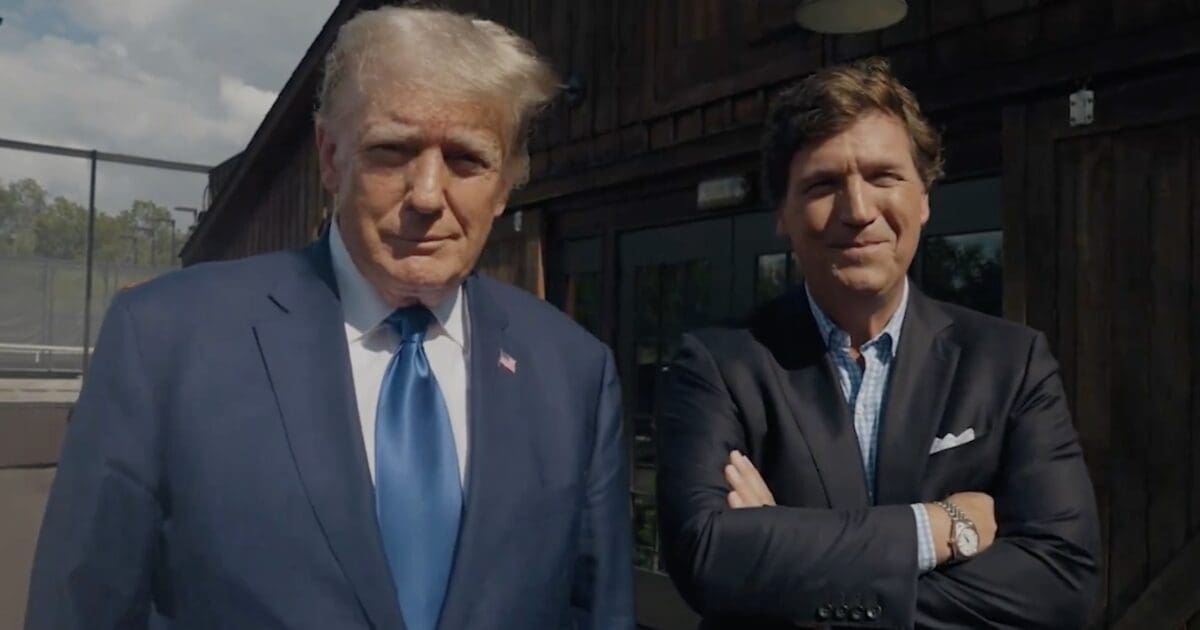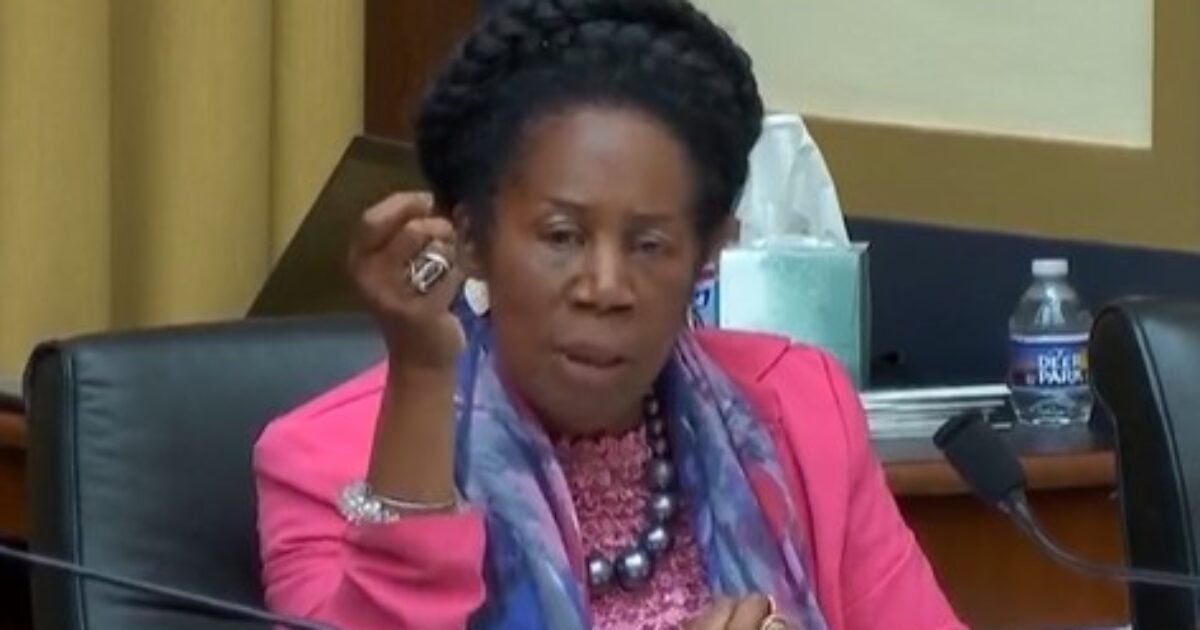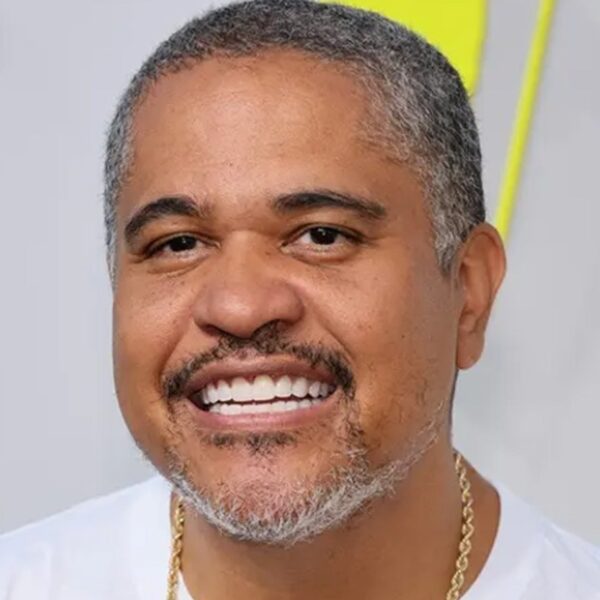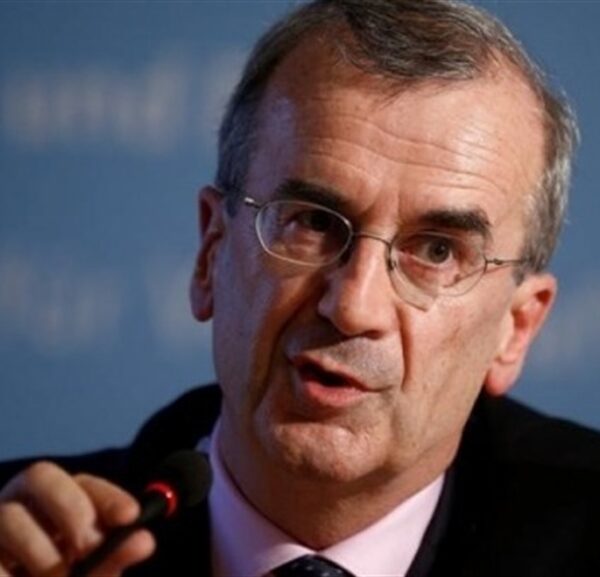That there is a dinosaur fossil in a museum filled with such things might not seem like news, but the latest find in the Denver Museum of Nature and Science came from under its own parking lot.
In January, the museum drilled some holes to see about the feasibility of geothermal energy, leading the scientists to drill some core samples 763 feet below the surface.
One stood out, until the realization hit that they had found some vertebrae from a dinosaur.
“My jaw fell on the floor,” geology curator James Hagadorn said, according to The Washington Post. “My eyes were about as big as saucers.”
“In my 35 years at the museum, we’ve never had an opportunity quite like this, to study the deep geologic layers beneath our feet with such precision,” said earth sciences research associate Bob Raynolds, according to CBS. “That this fossil turned up here, in City Park, is nothing short of magical.”
The hole drilled was only a couple of inches wide, according to the Associated Press.
“Finding a dinosaur bone in a core is like hitting a hole in one from the moon. It’s like winning the Willy Wonka factory. It’s incredible, it’s super rare,” Hagadorn said.
“Wow, what are the chances?” he told ABC News.
Scientists believe the dinosaur whose vertebrae were found in the core sample lived about 67.5 million years ago. Fossilized vegetation was also found in the hole, according to AP.
“This animal was living in what was probably a swampy environment that would have been heavily vegetated at the time,” Patrick O’Connor, curator of vertebrate paleontology at the Denver Museum of Nature and Science, said.
The find was the “deepest and oldest dinosaur fossil ever found within the city’s limits,” the museum said in a news release, according to ABC.
The vertebra was from a plant-eating dinosaur, with the experts tossing out the possibility that it was a Thescelosaurus or Edmontosaurus.
“It was absolutely incredible. The first thing you say is, ‘Are you sure? Is this real? Are you playing a joke on me?’” Hagadorn said. “That’s like finding a diamond deposit under the world’s largest gem store or an archeological site buried underneath the parking lot of an archeological museum.”
Hagadorn noted that dinosaur fossils were found in the building of Coors Field and the Denver International Airport, he said.
“The exciting thing to me is that there’s the potential to find more, and that’s both thrilling in the sense of discovery, but it’s also interesting because these things are good for science, they tell us about our place, they tell us about our ecosystems [and] they tell us how the plane has changed. So it’s a win, win, win,” he said.
Although the fossil pieces found will go on display, the rest of the dinosaur will remain where it is.
“In order to go that deep, you’ve got to dig a very big hole and then hold that hole open either by lining it or making it tapered. If we think about a tapered hole that goes down that deep, that would probably consume all our parking lot and maybe part of the museum, too. So, boy, it’s fun to think about, but I think it’s unlikely,” Hagadorn said.
But the wonder of what lies down there intrigues him.
“The layers of Earth underneath us tell us stuff that’s useful, whether that information is from a fossil or a mineral or some water that’s flowing underfoot,” he said. “Imagine what’s underneath your house or mine. Who knows?”
This article appeared originally on The Western Journal.















